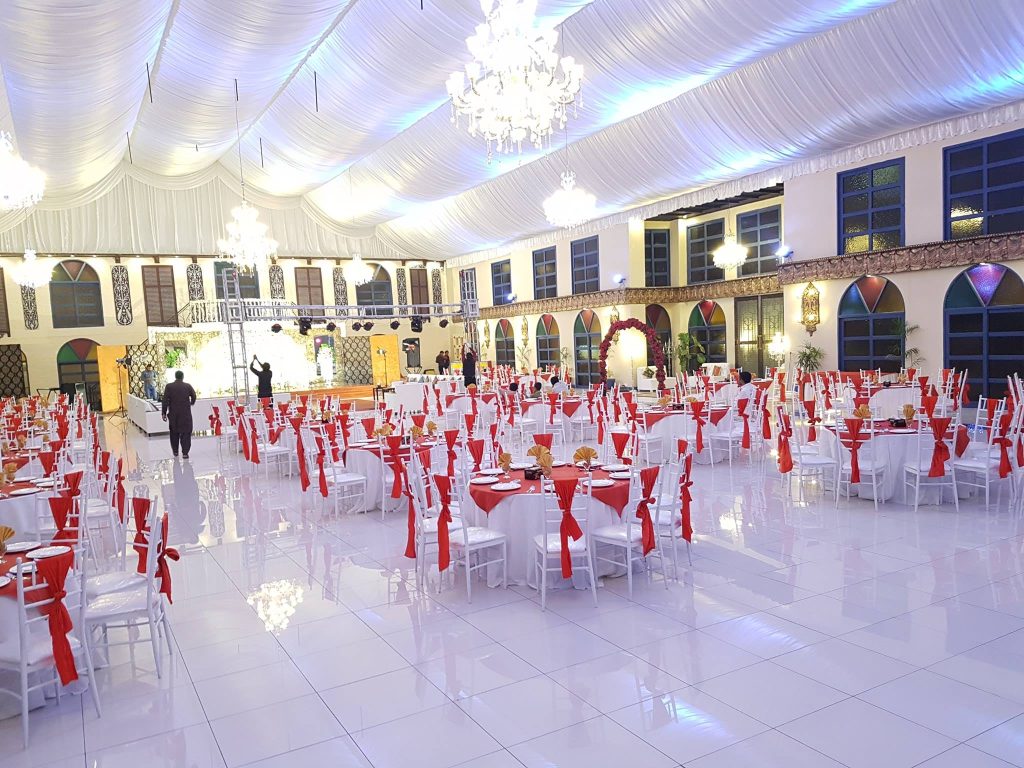A brief introduction about Marbella Cave, its discovery, and its significance.
Marbella is a city and resort area on the Costa del Sol in southern Spain, primarily known for its beaches, luxury resorts, golf courses, and vibrant nightlife. While there are various natural attractions in the region, I’m not aware of a specific attraction named “Marbella Cave.”
However, it’s possible that new attractions or points of interest have emerged since then, or that “Marbella Cave” might be a colloquial or lesser-known name for a site in the area.
If “Marbella Cave” is a fictional or hypothetical location, I can help you craft a fictional introduction. Otherwise, for the most accurate and up-to-date information, you might want to consult local tourism websites, recent travel guides, or other current sources that cover the Marbella area.

Location of Marbella cave
A detailed description of its location, nearby landmarks, and how to get there.
Page · Arts & entertainment
Kabul River Canal Warsak Road Peshawar, Peshawar, Pakistan
Phone
(091) 2617127
Marbella cave reviews
Incorporate feedback from visitors, both positive and critical.
1. Isabella M. ⭐⭐⭐⭐⭐
“Marbella Cave was an enchanting experience! The formations are like nothing I’ve ever seen, and the guided tour provided fascinating insights into the cave’s history and geology. Highly recommend!”
2. Alex G. ⭐⭐⭐⭐
“I’ve explored many caves worldwide, and Marbella Cave stands out for its unique features. The pathways are well-maintained, and the underground lake was the highlight for me. Lost a star because it was a bit crowded.”
3. Sunita R. ⭐⭐⭐⭐⭐
“A hidden gem! My family loved the interactive displays, and the staff was super knowledgeable and friendly. We learned so much about the local ecology and legends related to the cave.”
Safety precautions for Marbella cave exploration
Dos and don’ts for a safe and enjoyable exploration experience.
1. Gather Information:
- Research: Before embarking on your exploration, gather as much information as you can about Marbella Cave. Know its layout, its depth, the difficulty level of the paths, and any specific areas of concern.
- Local Authorities: Check in with local cave management or governing bodies to understand any regulations or restrictions in place.
2. Go in Groups:
Never explore a cave alone. Always go with at least one other person, but ideally with a small group. It’s crucial to have others present in case of emergencies.
.
Stories and legends related to Marbella cave
Share any legends, myths, or interesting tales associated with the cave.
The Guardian of the Cavern
In the heart of Marbella Cave lies a vast, clear underground lake. Legend speaks of a guardian creature, a serpentine being with iridescent scales, that protects this sacred water source. It’s said that the guardian only appears to those with pure intentions and can grant wishes to those deemed worthy.
The Lost City of Gold
Many adventurers have been drawn to Marbella Cave by tales of a hidden city made entirely of gold. This city, supposedly built by an advanced ancient civilization, was said to have been concealed within the cave to protect it from greedy invaders. Over the years, many have searched for this elusive city, but none have reported finding it.

Marbella Cave photography tips
Provide insights for enthusiasts on best spots, lighting conditions, and rules.
1. Gear Up:
- Tripod: Essential for stability, especially in low-light conditions where longer exposure times are needed.
- Wide-Angle Lens: Helps capture more of the cave’s interiors, especially in confined spaces.
- Fast Lens: A lens with a larger aperture (like f/1.8 or f/2.8) can be beneficial as it lets in more light.
- External Flash and Diffusers: Useful for illuminating darker sections without harsh shadows.
- Remote Shutter Release: Helps in preventing camera shake during long exposures.
2. Know the Rules:
Always check with the cave’s management about photography guidelines:
- Some areas might be off-limits for photography to protect sensitive ecosystems or structures.
- Flash photography might be restricted, especially in areas where it can disturb wildlife, like bats.
3. Use Natural Light:
- Position yourself near openings or entrances where natural light filters in for a magical effect.
- Use the soft, diffused light that penetrates the cave to highlight textures and details.
Flora and fauna found in Marbella cave
Highlight any unique species or ecological wonders in the cave.
Flora:
While sunlight-dependent plants can’t grow deep within caves, various types of flora can still be found, especially near entrances or in illuminated sections.
- Mosses and Algae: Close to cave entrances where sunlight can penetrate, you might find mosses and certain types of algae that thrive in the cool, damp environment.
- Fungi: Deeper inside, fungi, including mushrooms, can thrive, decomposing organic matter that makes its way into the cave.
Fauna:
- Bats: Perhaps the most famous cave dwellers, bats use caves as roosting sites. They play a crucial role in ecosystems, aiding in pollination and insect control.
- Cave Crickets: These insects thrive in the dark, moist environment of caves. With long antennae, they navigate the dark corridors and feed on organic debris.
- Troglobites: This term refers to species that have fully adapted to the cave environment and can’t survive outside. They often lack pigmentation and eyes. Examples include certain species of spiders, salamanders, and isopods.
Marbella cave preservation and conservation efforts
End with a note on the measures taken to conserve this wonder and how visitors can contribute.
Preservation Efforts:
- Access Limitation: To minimize human impact, only a specific number of visitors are allowed per day. Special areas, particularly fragile or historically significant, are restricted entirely.
- Guided Tours: Ensuring that tourists follow a defined path and receive information on how to behave inside the cave can prevent unintentional damage.
- Monitoring Environmental Conditions: Regular monitoring of air quality, temperature, and humidity ensures that the cave’s microenvironment remains stable.
Conservation Efforts:
- Restoration Projects: Over time, some parts of the cave may suffer damage due to natural processes or human interference. Restoration projects aim to rehabilitate these areas without compromising their natural beauty.
- Biodiversity Conservation: Marbella Cave may host a range of unique species. Efforts are made to ensure their habitats remain undisturbed and free from pollutants.
- Awareness Programs: Local schools, communities, and visitors are educated about the cave’s significance and the role they play in its conservation. The idea is to cultivate respect and interest in preserving the cave for future generations.
